PAPA by François Halard
フランス人フォトグラファー、フランソワ・アラール(François Halard)の作品集。2016年に亡くなった父親のイヴ・アラール(Yves Halard)の最期の日々を、南フランスの町レ・ヴィニェールにある自宅で撮影。本作では、普段の作者とは異なるアプローチによって共に過ごした数々の瞬間が捉えられている。世界で最も卓越した建築写真家の一人と評されている作者だが、本作においては私的な環境、空気感を追求した。優れた室内装飾家として名を馳せたイヴは、アンティーク家具から玩具まで様々な物を収集するコレクターでもあり、同じ室内装飾家で比類ないセンスの持ち主であった妻のミシェルと共に、自分たちの世界を作り上げていった。作者はいつもの手法を捨て、被写体に寄り添って撮影をした。枯れゆく肉体や、年齢と知性が刻まれた弱々しい表情を写し出した静謐な写真には、親愛の情と敬意がにじみ出ている。作者によるフランス語の序文と、ライターのアイデー・トゥイトゥ(Haydée Touitou)による英訳を収録。
父は私の近くにいるために、プロバンスに移り住みました。
ここ数年で私たちはお互いを受け入れるようになっていました…
私がアルルに滞在する時はいつも、父はアヴィニヨン駅に迎えに来てくれました。私は彼を訪ねてレ・ヴィニェールにある大きな家に行ったものです。父は自宅ではほとんどいつもトラクターに乗っていました。赤いニット帽を被り、オレンジのスニーカーを履き、Tシャツを着て。寒い季節には、義母の遺した虫喰いのミンクのコートを手放そうとしませんでした。
93歳になるまで父は自分の本や玩具、そして木々を身近に置いておきたがりました。父は晩年になってから300本以上の木を植え、玩具をとても大切にしていて決して誰にも触らせませんでした。
父は写真を愛していました。レミ、アナイス、バスティアン、アリゼ、私、それに飼犬のティナとヴァロンタン、父は私たち皆を写真に撮ったものです。父のイメージとオブジェに対する愛は私にも受け継がれています。父は数えきれない程、ものを持っていました。職業は室内装飾家でしたが、色やものを何よりも大切にしていました。エットレ・ソットサス(Ettore Sottsass)のランプ、フィリップ・スタルク(Philippe Starck)のガーデンノーム、ルイ15世のソファ、アウトサイダーアート、宗教美術の彫刻家だった祖母を偲ぶ宗教的な物の数々。そして布、たくさんの布…彼はさまざまな様式や違った時代の組み合わせを楽しんでいました。そうやって彼は、特別な精神を生み出したのです。それは父イヴと母ミシェル・アラールの精神とも呼ぶべきものでした。
93歳になった父は“猫”と呼んでいた猫の傍で、自宅で死にたいと言っていました。私は最期の日々を父の側で過ごしました。ちょうどイースターの前のことでした。私は買ったばかりのライカのデジタルカメラで撮影した写真を彼と共有することができました。
私はそれまで家族を撮影したことはほとんどなく、特に両親は撮らないようにしていました。父を撮ることなどまずなかった。しかし私は、彼がどんな人間だったのかを痕跡や記憶として残しておきたいと思いました。そうするとリチャード・アヴェドン(Richard Avedon)が自分の父親を撮った写真がすぐに思い浮かびました。ニューヨークのメトロポリタン美術館で初めて見た時、その力強さに深く感動したのを覚えています。それから数年後、レ・ヴィニェールで自分自身も父のポートレイトを撮影していたのです。でも私のやり方は彼のものとは違っていました。
この写真に、親愛と敬意を込めて。
—フランソワ・アラール 2019年、アルルにて
François Halard (b. 1961, French) photographed his father Yves in his house in Les Vignères in the South of France during preceding days to his passing in 2016. Capturing last moments shared together, the photographs witness an unusual approach for Halard. Papa explores a personal milieu within a career principally committed to interior and architectural photography. Yves Halard was an admired decorator and in the process, also became a collector, a gatherer of objects, from antique furniture to toys. Therefore created, alongside his wife Michelle, a one-of-a-kind spirit — their own. Contrary to François Halard’s habits, these photographs delve into the very intimate; quiet pictures of a withering body, a frail face, marked by years and wisdom, and captured with affection and decency. The book contains a preface, in French, written by François Halard, with an English translation by Haydée Touitou.
Dad had come to live in Provence in order to be closer to me.
We had been reconciled for a few years…
During each stay in Arles, he would come to pick me up at the Avignon station. As for myself, I would visit him in the big house in Les Vignères where he would spend most of his time on his tractor: a red knit cap on, orange sneakers, a Sponge Bob t-shirt by Cy Twombly and in the winter days, he wouldn’t leave his mother-in-law’s moth-eaten mink coat behind.
Until he was ninety-three, he wanted to be close to his books, his toys and his trees. He had planted more than three hundred of them these past years; and as for his toys, no one could ever touch them.
Dad loved photography. Remy, Anaïs, Bastien, Alizée, myself, as well as his dogs Tina and Valentin, he photographed us all. He transmitted his love for images and objects onto me. He had thousands of them. He was called a decorator, but he was all about colors and objects. Ettore Sottsass’ lamps, Philippe Starck’s garden gnomes, Louis XV sofas, outsider art objects, religious artifacts in memory of his mother who was a sculptor for religious art. And then fabrics, fabrics and still more fabrics… He enjoyed mixing styles and confronting time periods. He therefore created a particular spirit, Yves and Michelle Halard’s spirit.
At ninety-three, Dad wanted to die at home with his cat who he called “the cat.” I was with him during those last days. It was right before Easter. I had just bought a digital Leica camera that allowed me to share these images with him.
I rarely photographed my family; especially not my parents, and even less so my father. However, I wanted to keep a trace, a memory of who he was. I thought right away about the photographs Avedon had taken of his own father. I had seen them for the first time at the Met in New York. Their strength had touched me deeply. A few years later, I found myself in Les Vignères portraying my father as well, yet in a different manner.
I took these photographs with love and decency.
— François Halard, Arles, 2019
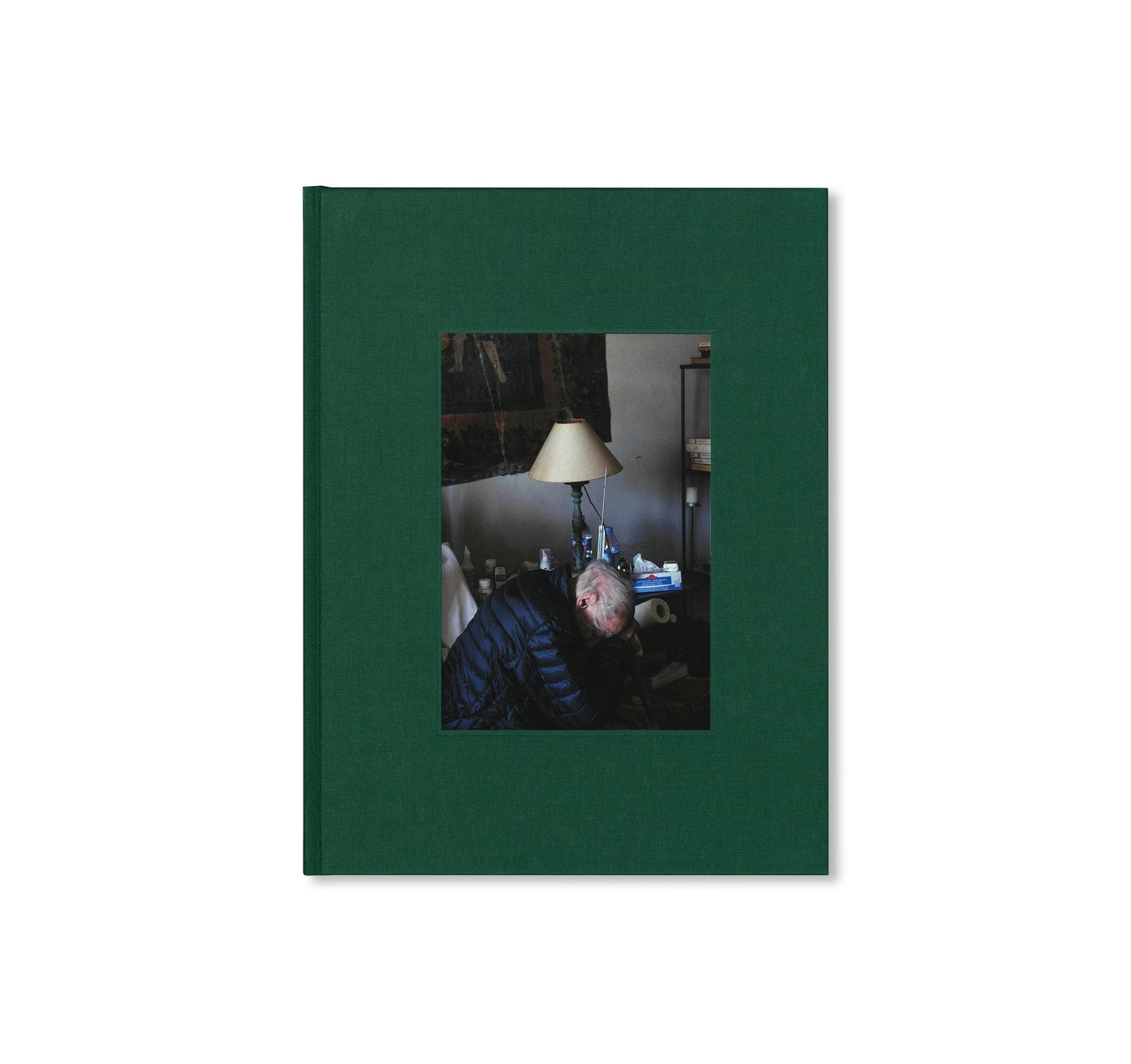
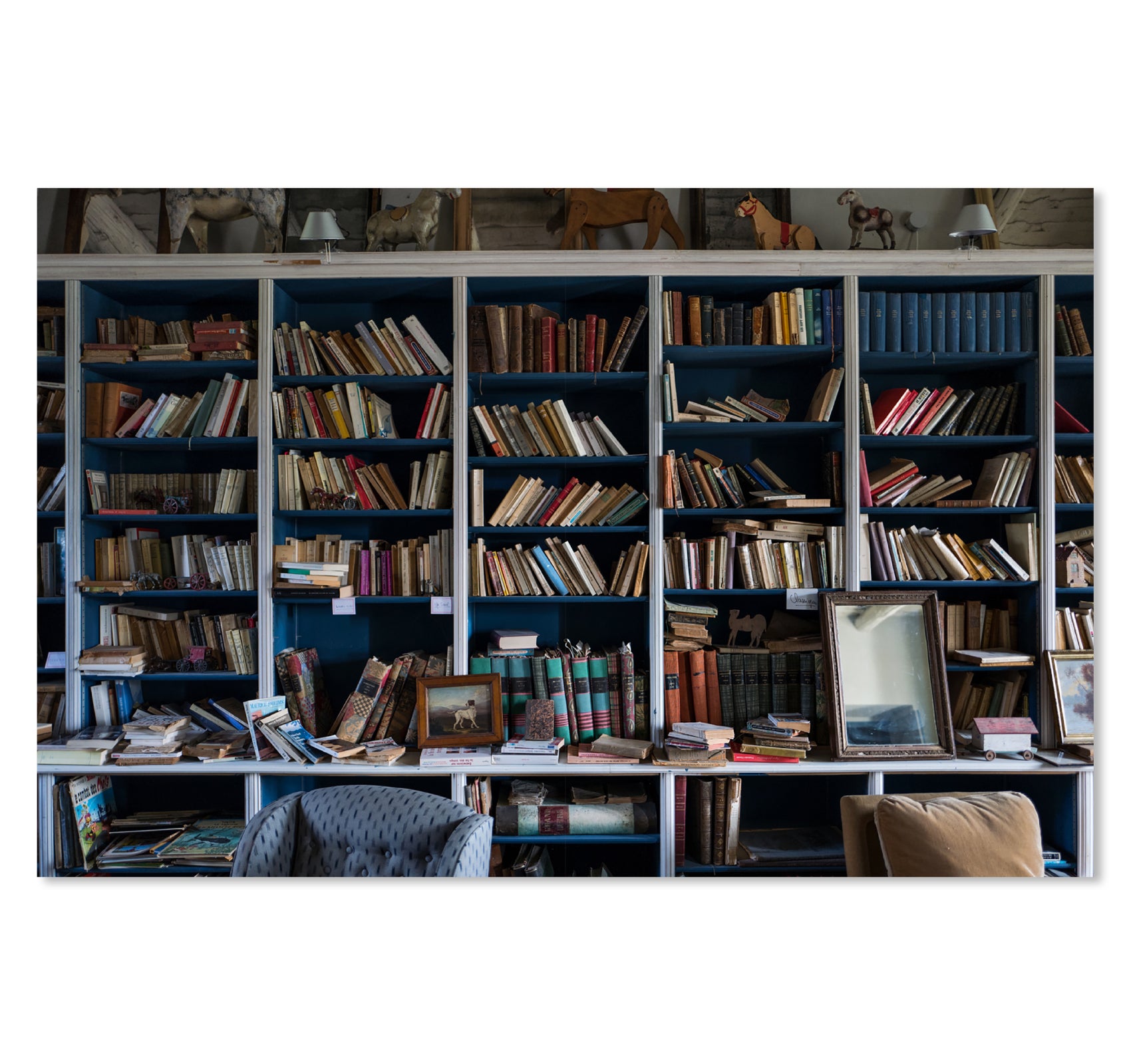
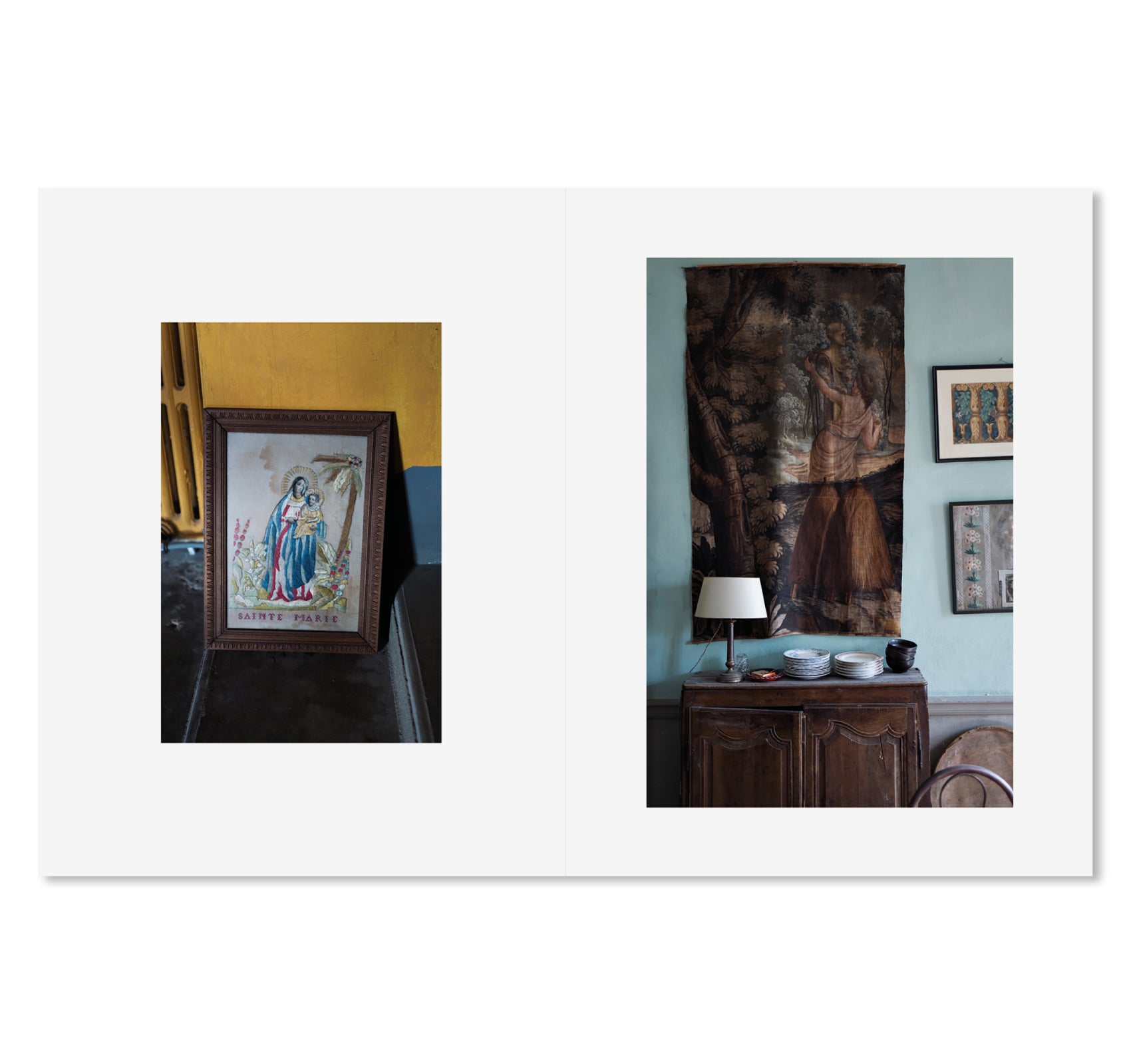
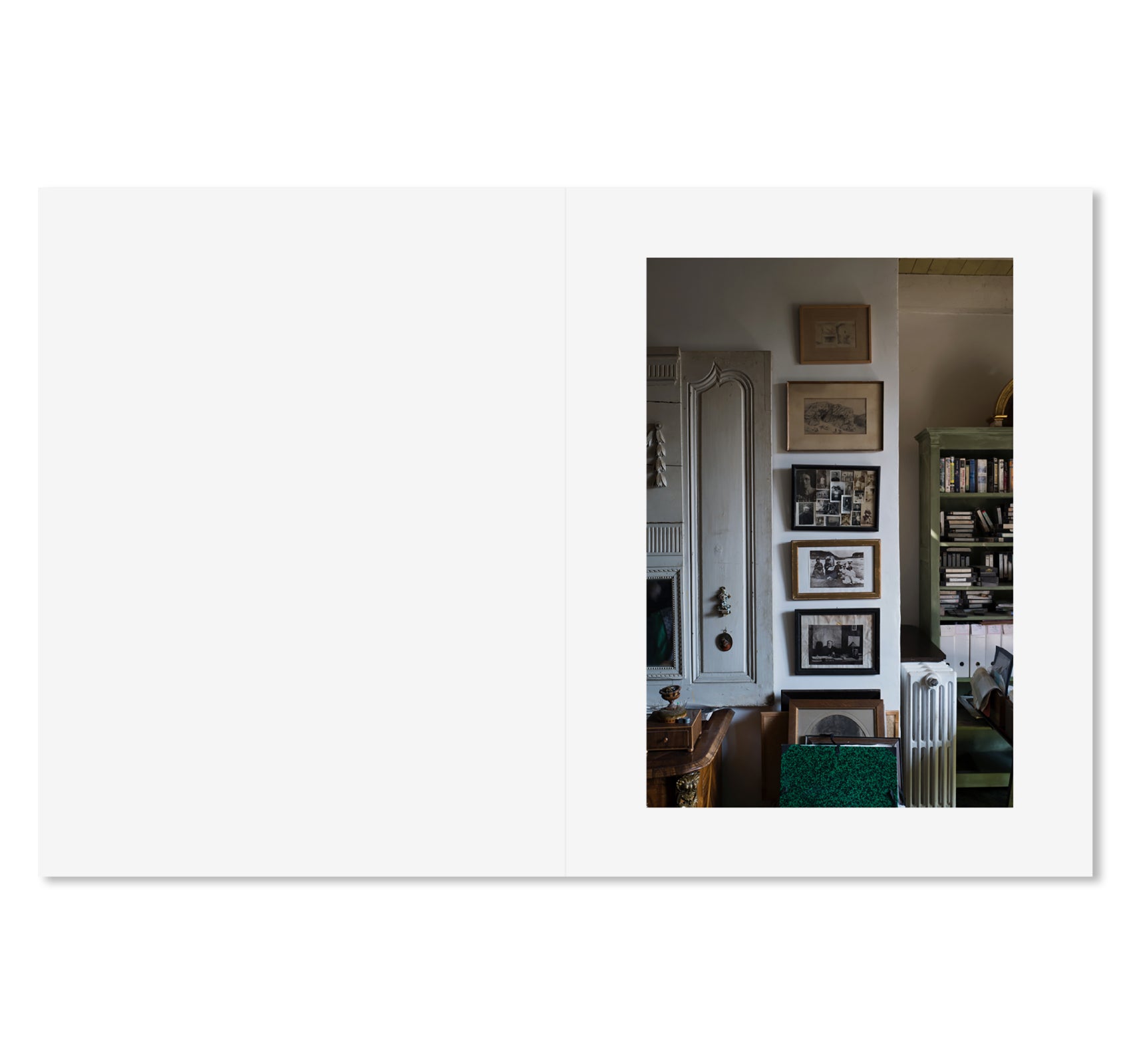
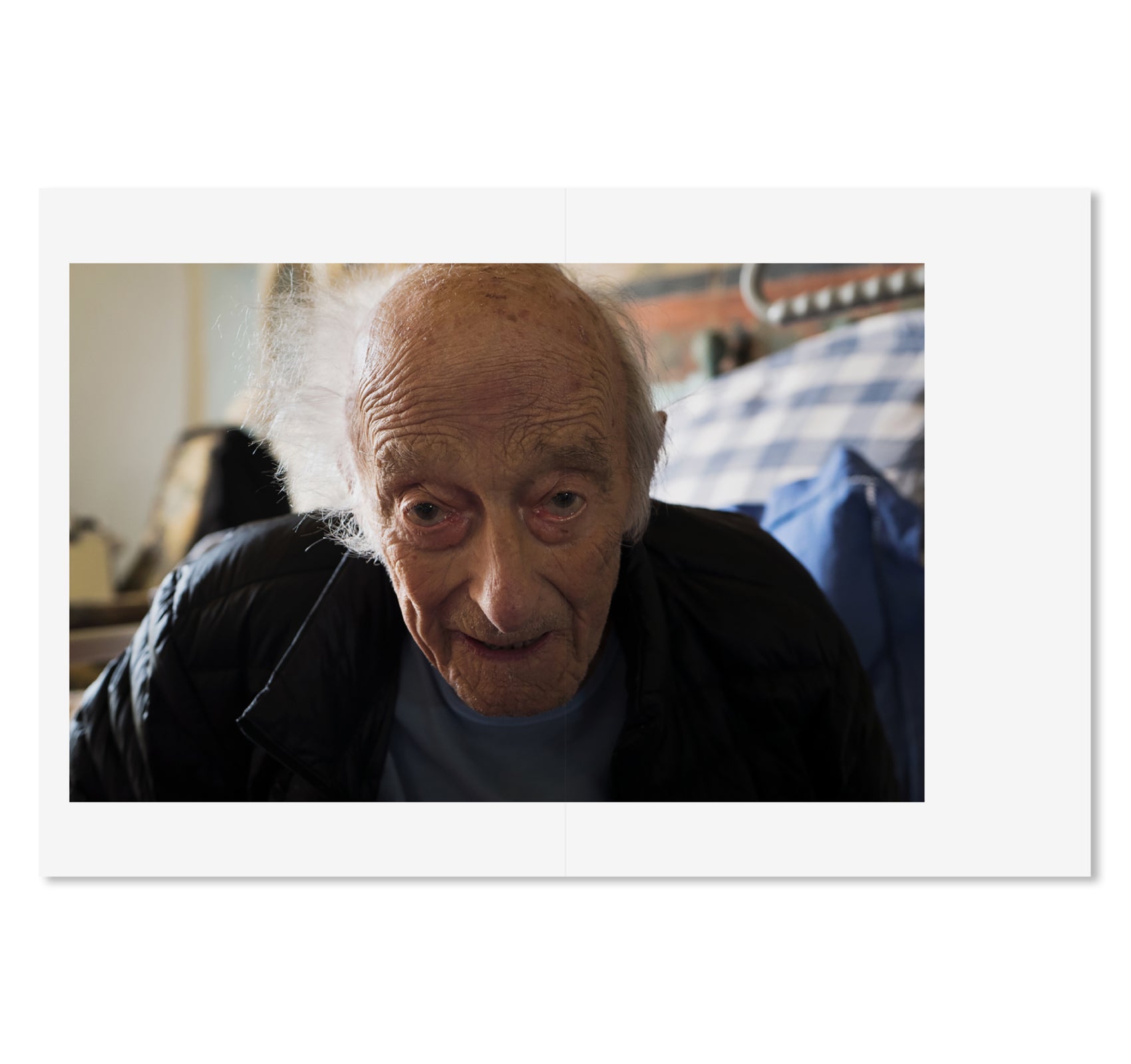
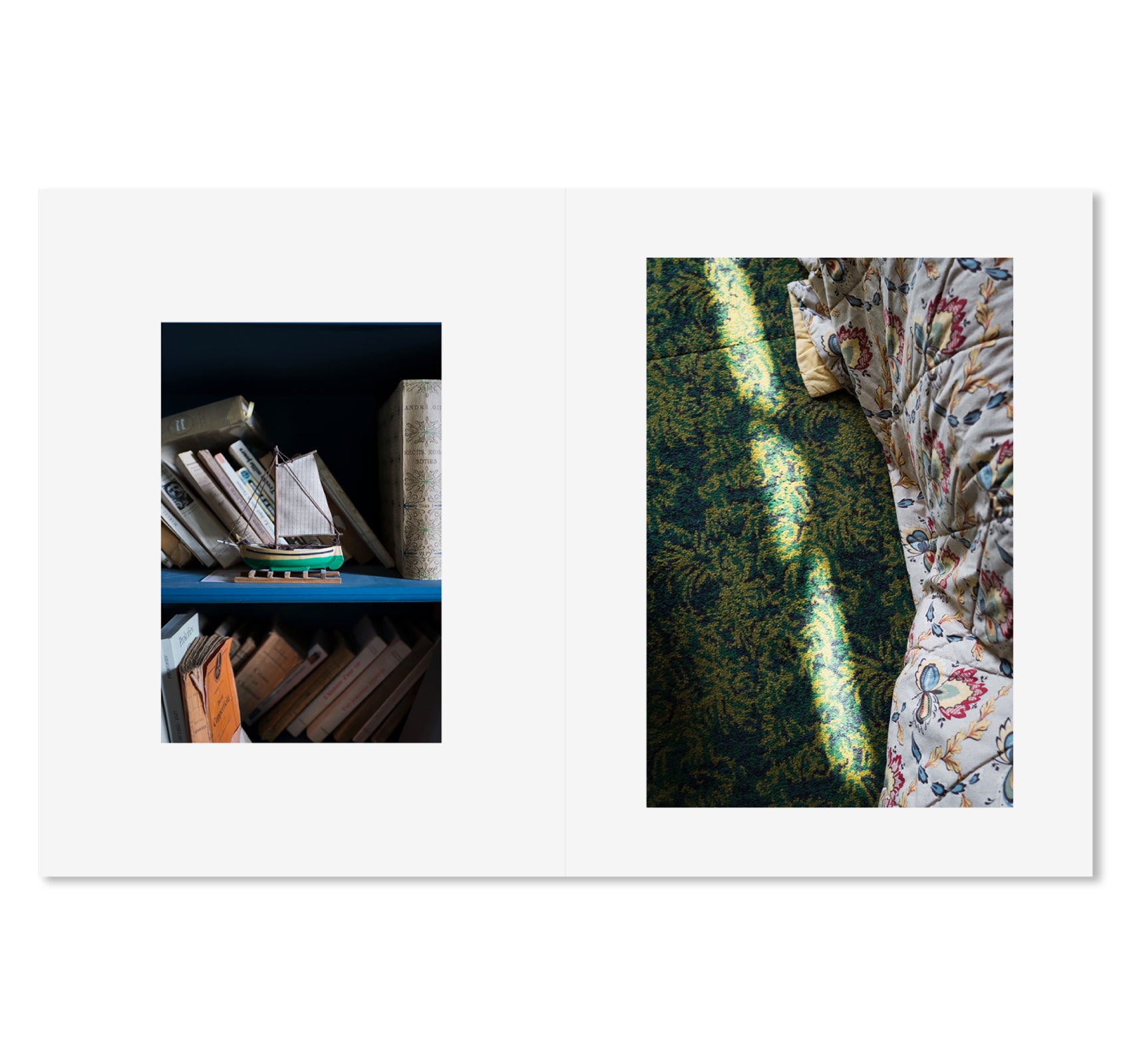
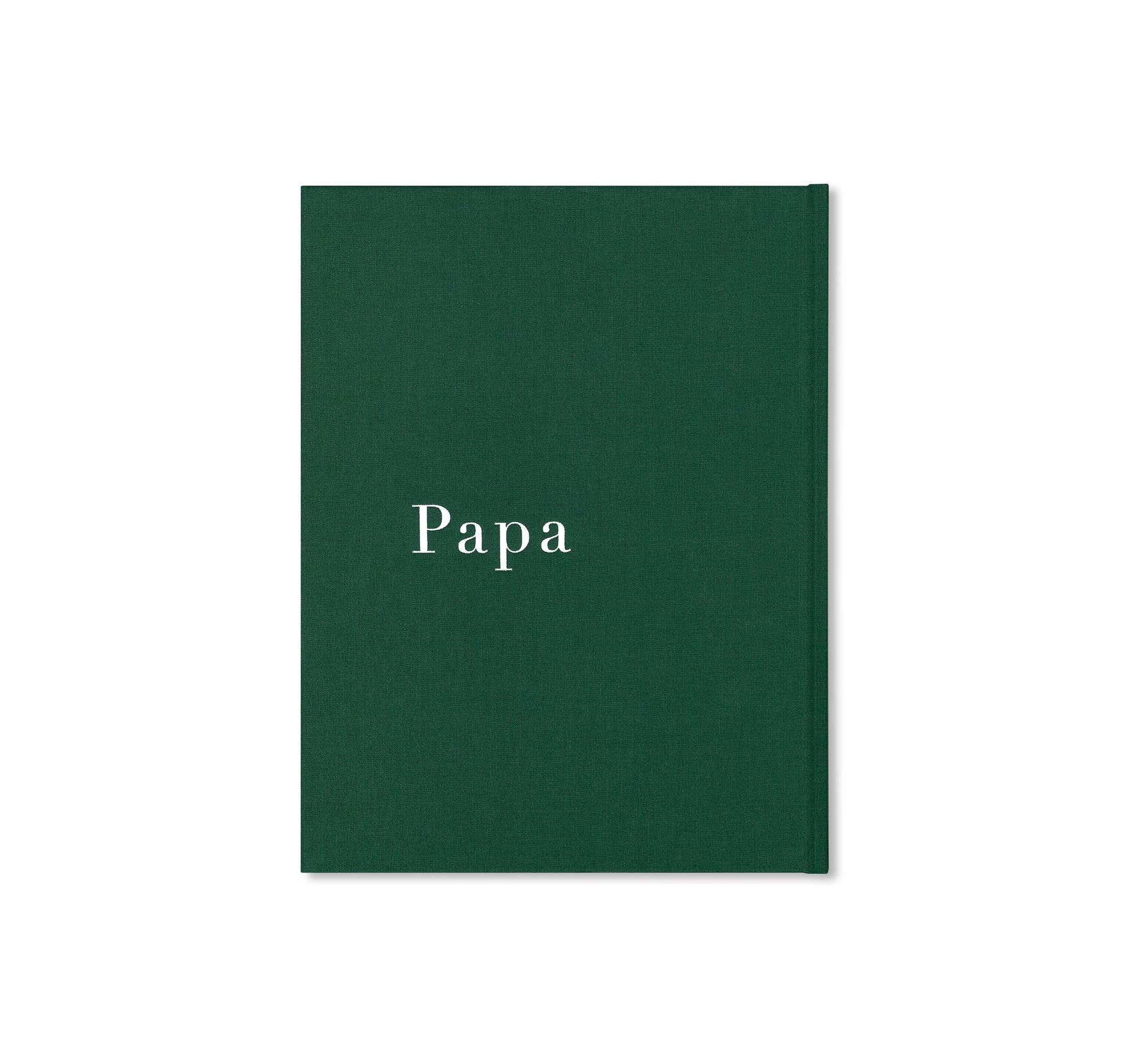
![CASA GHIRRI by François Halard [SIGNED]](http://twelve-books.com/cdn/shop/products/170920_3402_large.jpg?v=1571703962)
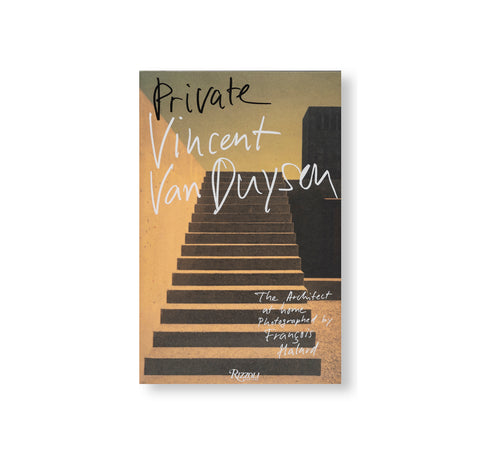
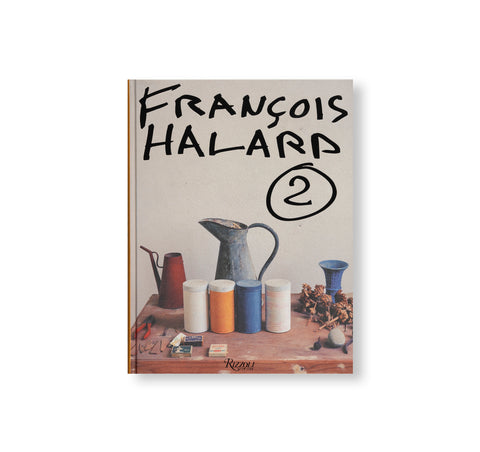
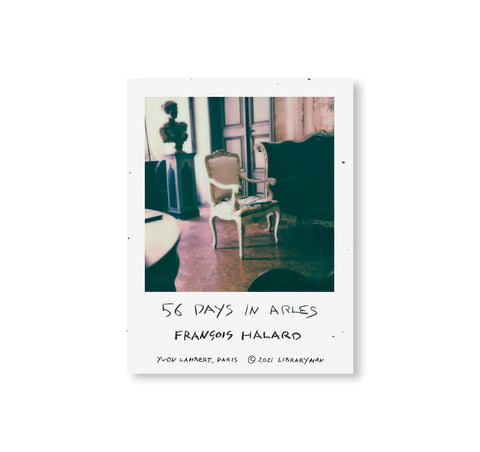
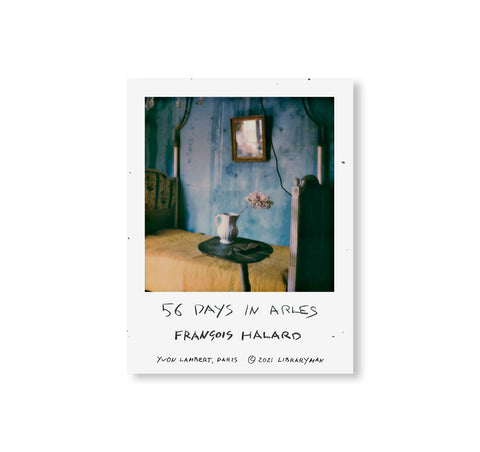
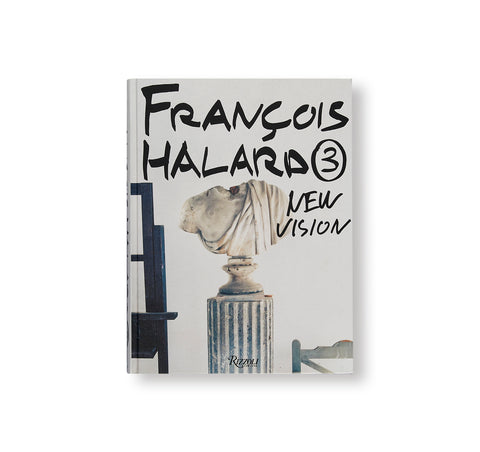
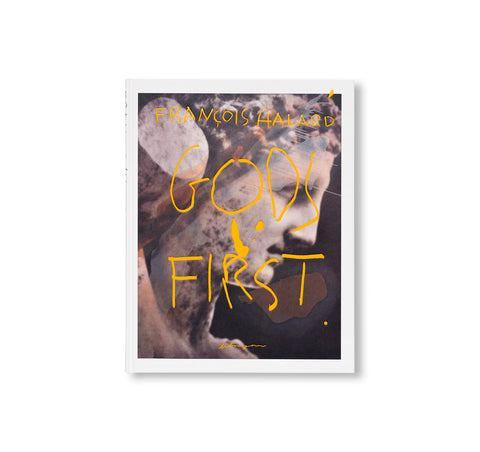
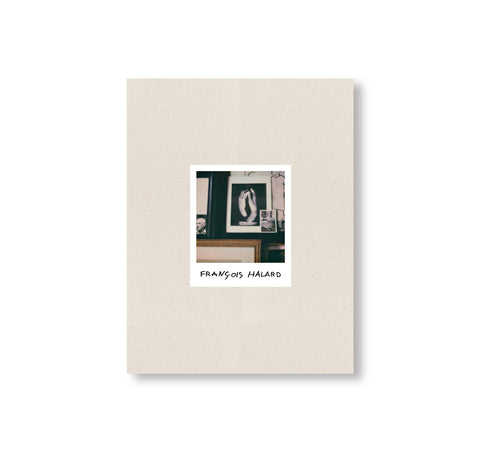
![56 DAYS IN ARLES by François Halard [SPECIAL EDITION]](http://twelve-books.com/cdn/shop/products/56DAYSINARLES00_6_large.jpg?v=1613452999)
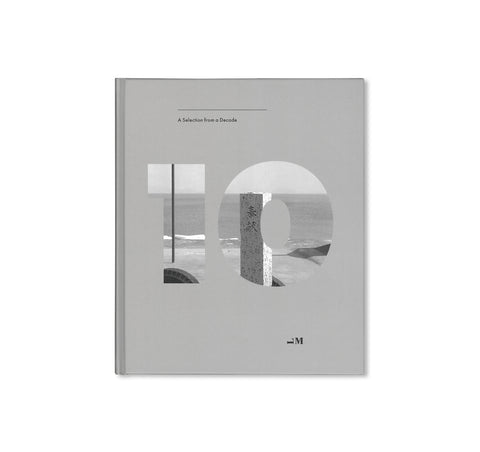
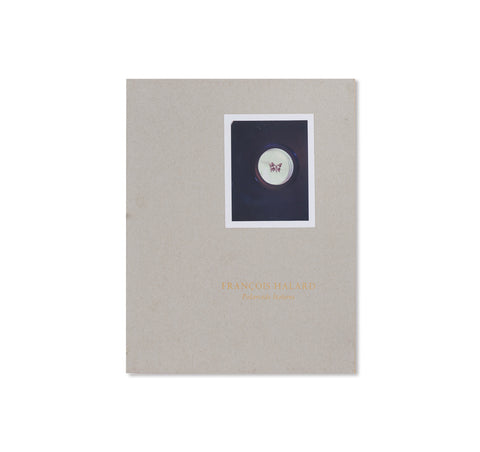
![40 PHOTOGRAPHIES DE L'EXPOSITION CY TWOMBLY BLOOMING, A SCATTERING OF BLOSSOMS AND OTHER THINGS by François Halard [COVER: A]](http://twelve-books.com/cdn/shop/products/171017_3954_large.jpg?v=1571703963)
![40 PHOTOGRAPHIES DE L'EXPOSITION CY TWOMBLY BLOOMING, A SCATTERING OF BLOSSOMS AND OTHER THINGS by François Halard [COVER: B]](http://twelve-books.com/cdn/shop/products/171017_3940_large.jpg?v=1571703962)
![SAUL LEITER NUDES, 2015 by François Halard [EXCLUSIVE]](http://twelve-books.com/cdn/shop/products/170629_04592_large.jpg?v=1571703964)
![SAUL LEITER by François Halard [SECOND EDITION]](http://twelve-books.com/cdn/shop/products/171017_3612_221cae89-152d-444d-bbc9-7601cf18a5b6_large.jpg?v=1571703965)
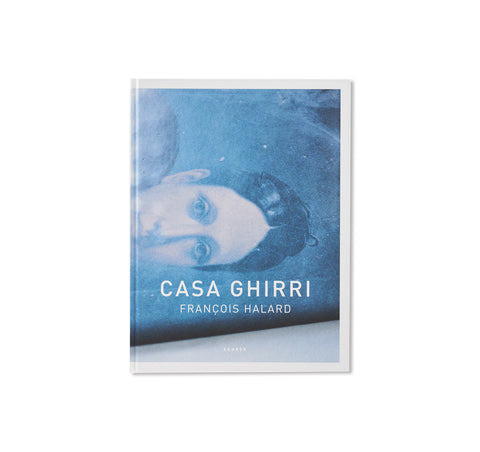
![SAUL LEITER by François Halard [JAPANESE SPECIAL EDITION]](http://twelve-books.com/cdn/shop/products/171017_3637_large.jpg?v=1571703945)
![SAUL LEITER by François Halard [JAPANESE SPECIAL EDITION #1]](http://twelve-books.com/cdn/shop/products/FRAMED-Japanese-edition-_prints_1_b913cd99-6bbe-484f-b928-7742e49cea93_large.jpg?v=1571703963)
![SAUL LEITER by François Halard [JAPANESE SPECIAL EDITION #2]](http://twelve-books.com/cdn/shop/products/FRAMED-Japanese-edition-_prints_2_large.jpg?v=1571703963)
![SAUL LEITER by François Halard [JAPANESE SPECIAL EDITION #3]](http://twelve-books.com/cdn/shop/products/FRAMED-Japanese-edition-_prints_3_9715e443-19c3-4bd0-8103-cea53321a117_large.jpg?v=1571703963)
![SAUL LEITER by François Halard [JAPANESE SPECIAL EDITION #4]](http://twelve-books.com/cdn/shop/products/FRAMED-Japanese-edition-_prints_4_large.jpg?v=1571703963)
![SAUL LEITER by François Halard [JAPANESE SPECIAL EDITION #5]](http://twelve-books.com/cdn/shop/products/FRAMED-Japanese-edition-_prints_5_174a18c1-a45e-4e84-ae4f-fbd48a19a871_large.jpg?v=1571703963)
![SAUL LEITER by François Halard [JAPANESE SPECIAL EDITION #6]](http://twelve-books.com/cdn/shop/products/FRAMED-Japanese-edition-_prints_6_large.jpg?v=1571703963)
![SAUL LEITER by François Halard [JAPANESE SPECIAL EDITION #7]](http://twelve-books.com/cdn/shop/products/FRAMED-Japanese-edition-_prints_7_ddc89b2d-c982-48a6-a293-935d90e56bc0_large.jpg?v=1571703963)
![SAUL LEITER by François Halard [JAPANESE SPECIAL EDITION #8]](http://twelve-books.com/cdn/shop/products/FRAMED-Japanese-edition-_prints_8_large.jpg?v=1571703963)
![SAUL LEITER by François Halard [JAPANESE SPECIAL EDITION #9]](http://twelve-books.com/cdn/shop/products/FRAMED-Japanese-edition-_prints_9_56a48a32-4f2e-4fba-a860-dc4ceda0ae30_large.jpg?v=1571703963)
![SAUL LEITER by François Halard [JAPANESE SPECIAL EDITION #10]](http://twelve-books.com/cdn/shop/products/FRAMED-Japanese-edition-_prints_10_large.jpg?v=1571703963)